What Is a PID Controller? Principles, Structure & Real Industrial Applications (2025)
What Is a PID Controller? Principles, Structure & Real Industrial Applications (2025)
In every modern factory—from steam systems, compressed air, HVAC, chemicals, food and beverage to pharmaceuticals—the PID Controller plays an extremely important role in keeping systems stable, safe, and energy-efficient.
A PID controller is considered the “brain” of an automation system. It continuously maintains the Process Value (PV) close to the Setpoint (SP), minimizes fluctuations, and optimizes overall performance.
This article from Phuc Minh Engineering Co., Ltd. will help you clearly understand:
-
What a PID Controller is
-
Its structure and working principles
-
When your plant should use a PID
-
Real industrial applications: steam – water – air – temperature – flow
-
Key benefits of PID control
-
How to select the correct PID controller for industrial use
✅ 1. What Is a PID Controller?
A PID Controller (Proportional – Integral – Derivative) is an automatic control device used to maintain stable pressure, flow, temperature, water level, and many other process variables. It does this by continuously calculating the error value and adjusting actuators such as:
-
Linear control valves
-
Pneumatic control valves
-
VFDs (Variable Frequency Drives) for pumps and fans
-
Heaters and electric heating elements
-
Servo motors
A PID controller ensures the system operates with stability – precision – energy efficiency, especially in processes requiring high accuracy.
✅ 2. Why Do Factories Need PID Controllers?
PID is the most widely used control standard in industrial automation (over 90% of systems today). Reasons include:
⭐ 2.1 Minimizes System Oscillation
Without a PID controller:
-
Pressure can spike suddenly
-
Pump flow fluctuates continuously
-
Temperature swings widely → directly affecting product quality
PID provides smooth, stable, non-lagging control.
⭐ 2.2 Optimizes Energy Consumption
High-energy-consumption systems include:
-
Boilers
-
Air compressors
-
Pressure boosting pumps
-
Chillers
With PID tuning:
➡ Plants can save 8–20% energy every month.
⭐ 2.3 Improves Product Quality
In food, pharmaceutical, and chemical industries, even a 1–2°C temperature deviation can ruin an entire batch.
PID control keeps process values consistently stable.
⭐ 2.4 Extends Equipment Lifespan
Valves, pumps, motors no longer operate with sudden ON/OFF actions → reduced breakdowns.
⭐ 2.5 Compatible With Almost All Industrial Devices
PID controllers can work with:
-
Analog signals (4–20mA, 0–10V)
-
Digital signals
-
Relay on/off
-
Modbus RS485
✅ 3. Structure of a PID Controller
A standard industrial PID controller consists of:
✅ 1. Central Processing Unit (CPU)
Calculates the control output using the P–I–D algorithm.
✅ 2. Input Section
Receives sensor signals:
-
Pressure: 4–20 mA
-
Flow: pulse / analog
-
Temperature: PT100, Thermocouple
-
Level: ultrasonic, radar
✅ 3. Output Section
Controls actuators such as:
-
Linear valves: 4–20 mA
-
Pneumatic valves: 3–15 psi
-
VFDs: 0–10V
-
Relay ON/OFF
✅ 4. Display Panel
Shows PV, SP, and Output %.
✅ 5. Parameter Settings
Allows adjustment of:
-
Setpoint
-
Kp, Ki, Kd
-
Deadband
-
Ramp-up / Ramp-down
✅ 4. Working Principle of a PID Controller
PID calculates:
Output = P + I + D
Where:
✅ P – Proportional
Responds to the immediate error between PV and SP.
Larger error → stronger corrective signal.
✅ I – Integral
Eliminates long-term, accumulated error.
Ensures PV meets SP precisely.
✅ D – Derivative
Predicts future system behavior.
Reduces overshoot and stabilizes transitions.
➡ The combination of all three provides smooth – fast – precise – stable control.
✅ 5. Real Industrial Applications of PID Controllers
⭐ 5.1 Pressure Control for Pressure Reducing Valves (PRV)
PID reads outlet pressure and adjusts:
-
Linear valves
-
Pilot-operated control valves
Used in:
-
Steam systems
-
Compressed air
-
Gas, N₂, CO₂
Keeps pressure stable within ±0.05 bar.
⭐ 5.2 Flow Control for Industrial Water Pumps
PID + VFD enables:
-
Smooth pump speed adjustment
-
Reduced system stress
-
20–35% electricity savings
Applications:
-
Industrial water supply
-
HVAC – Chiller systems
-
Food & beverage plants
⭐ 5.3 Boiler & Furnace Temperature Control
PID keeps combustion temperature stable.
Benefits:
-
Fuel savings
-
Reduced soot
-
Steady steam output
⭐ 5.4 Closed-Loop Control Systems
PID is the core of all closed-loop processes:
-
pH control
-
Level control
-
Fan speed control
-
Humidity control
-
Motor speed control
✅ 6. Key Benefits of Using PID in Industrial Plants
| Benefit | Description |
|---|---|
| Reduce pressure/flow oscillation | Stable operation, no shock |
| Optimize energy | 8–20% savings on electricity, steam, air |
| Increase process stability | Higher and more consistent product quality |
| Reduce equipment damage | Smooth valve/pump operation |
| Easy integration with SCADA/IoT | Remote monitoring, data logging |
| Full automation | No manual adjustment needed |
✅ 7. How to Select the Right PID Controller
✅ 1. Type of process
-
Pressure
-
Flow
-
Temperature
-
Level
✅ 2. Input type
-
4–20 mA
-
PT100
-
Thermocouple
-
Pulse
✅ 3. Output type
-
4–20 mA (analog)
-
Relay
-
Pneumatic
✅ 4. Preferred manufacturers
Common brands:
-
Omron
-
Autonics
-
Yokogawa
-
Siemens
-
ABB
✅ 5. Noise immunity & stability
Critical for steam and compressed air applications.
✅ 6. Technical support team
Phuc Minh provides:
✅ PID selection consulting
✅ Kp–Ki–Kd tuning guidance
✅ Installation – commissioning – calibration
✅ SCADA integration
✅ 8. PID Controller – The Optimal Solution for Industry 4.0
PID controllers are essential in modern automation:
-
Energy saving
-
Fewer system failures
-
Increased productivity
-
Higher product quality
A plant without a PID controller operates “by feel”—inefficient, unstable, and uncompetitive.
✅ 9. PID Controller Consultation – Contact Phuc Minh
PHUC MINH ENGINEERING CO., LTD.
📞 Hotline: 0902 800 728 – 0907 450 506
📧 Email: info@pm-e.vn
🌐 Website: https://pm-e.vn
Related News

What Is a Flowmeter? Types & Industrial Applications – Complete 2025 Guide
07/11/2025
Flowmeters play a critical role in modern factories, where accurate measurement of steam, air, water, chemicals, and industrial gases directly affects production efficiency and energy cost. Even a small measurement deviation can lead to massive losses each year. That’s why a flowmeter is considered an essential device in every piping system. This article from Phuc Minh Engineering (pm-e.vn) explains what a flowmeter is, how it works, the most common types, and how to select the right flowmeter for your plant.

What Is a Steam Trap? Classification – Structure – How to Select the Right Trap for Steam Systems (2025 Guide) | Phuc Minh
07/11/2025
A steam trap is a device used to discharge condensate while retaining live steam inside pipelines or steam-using equipment. Its main functions include: Removing condensate at the right time Preventing steam loss Improving heat transfer efficiency Protecting equipment from water hammer Reducing boiler fuel consumption A steam trap acts like an “automatic valve” that distinguishes steam from condensate based on temperature, pressure, and density.

Safety Valve For Steam Systems: Structure, Operation Principles & Selection Guide 2025 | Phuc Minh Engineering
07/11/2025
Learn what a steam safety valve is, how it works, different types, and how to select the correct valve for boilers and pipelines. EN/ASME-standard valves from Phuc Minh Engineering.

What Is a Pressure Reducing Valve? Structure – Working Principle – How to Select the Best PRV for Industrial Plants (2025)
07/11/2025
A Pressure Reducing Valve (PRV) is a device used to reduce high inlet pressure to a stable, lower outlet pressure, helping protect piping systems, instruments, and machinery while improving operational safety. PRVs are widely used in: Steam systems Compressed air, gas, nitrogen Clean water – process water – chilled water Oil, chemicals, and other industrial media

What Is a Flowmeter? Classification & Industrial Applications – Detailed Guide 2025
07/11/2025
Learn what a flowmeter is, how it works, the types of flowmeters for steam, gas, water, and oil, and how to select a technically compliant flowmeter for your plant.









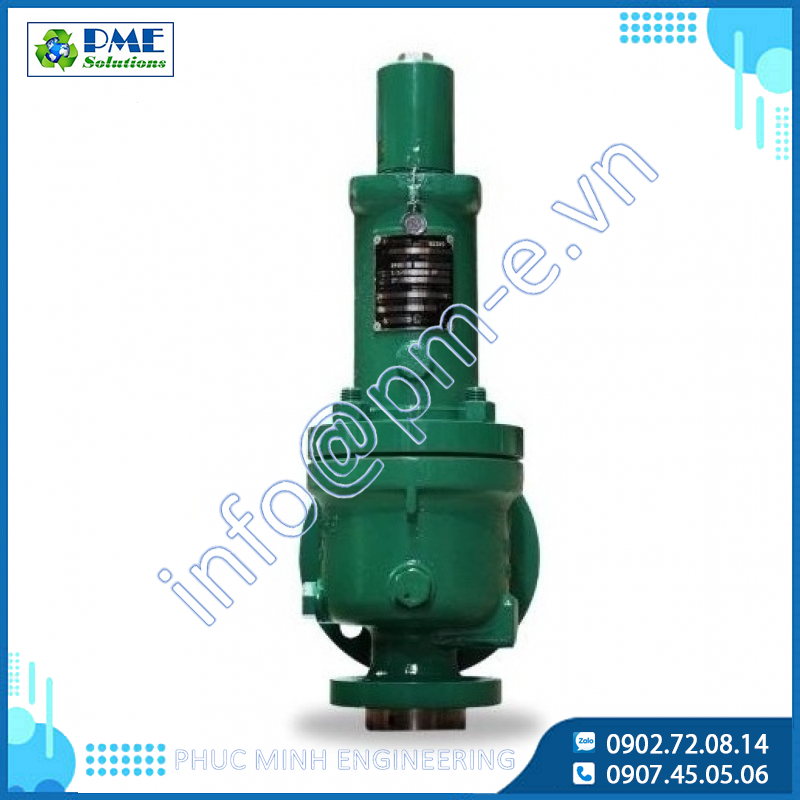
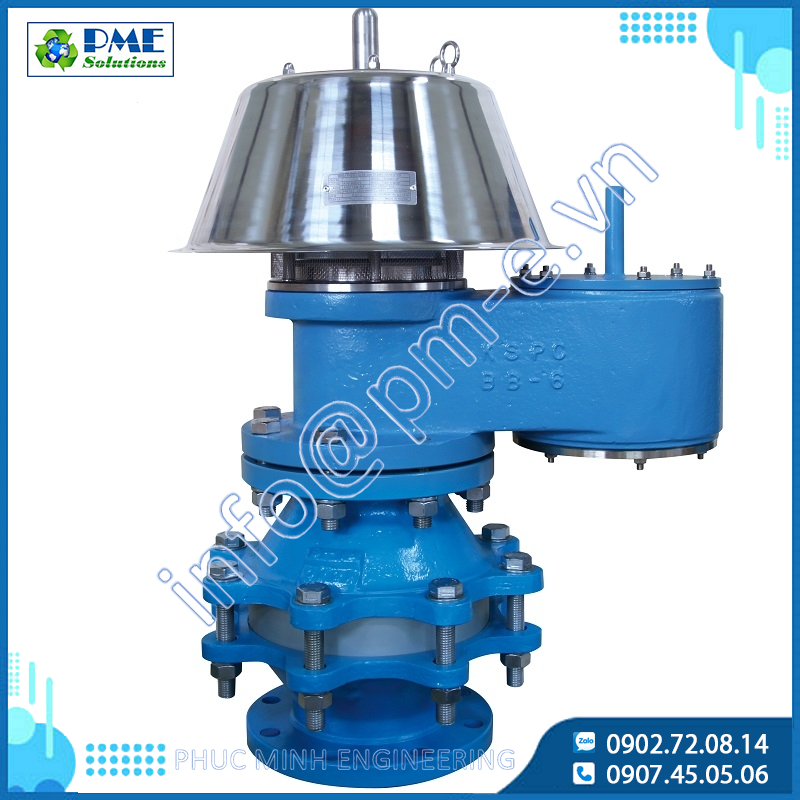
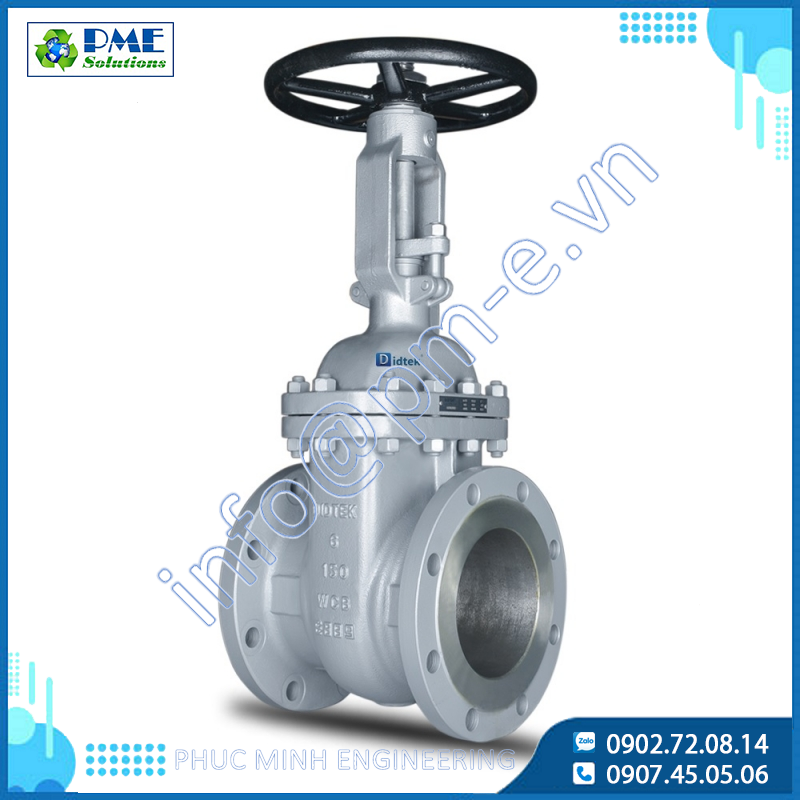
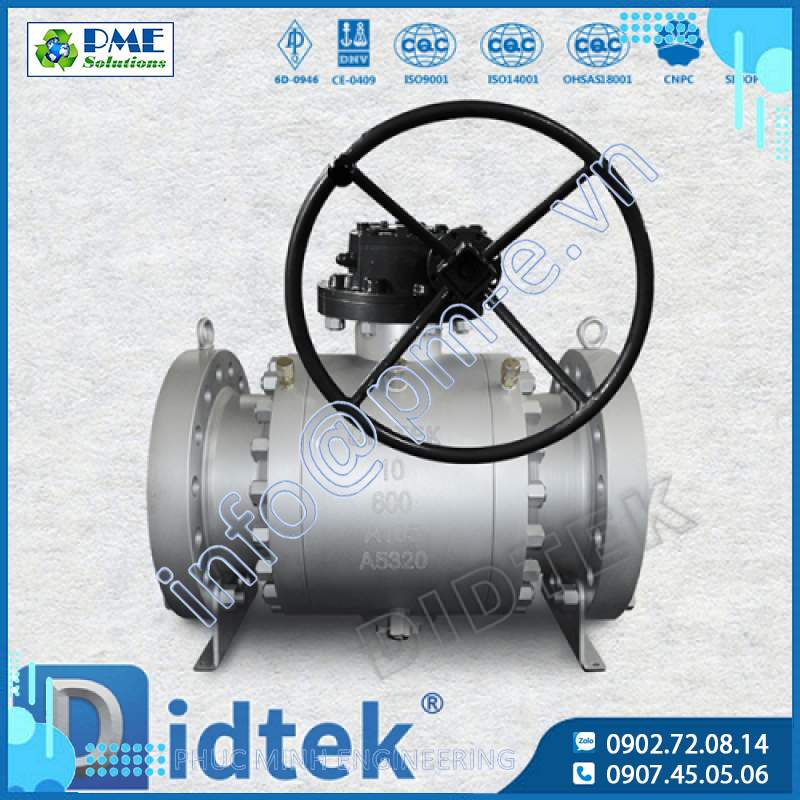
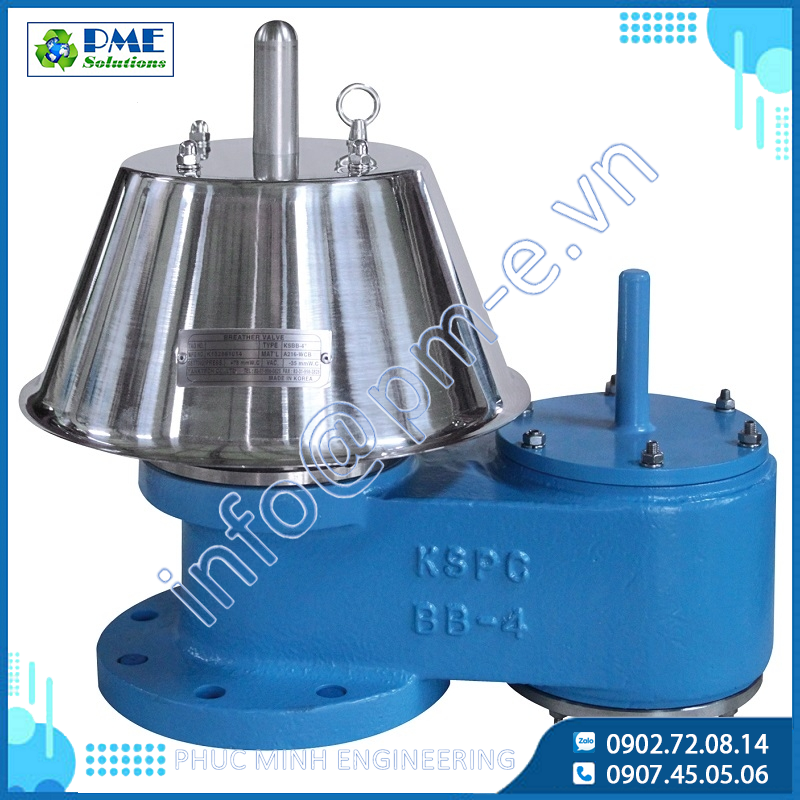


.png)






